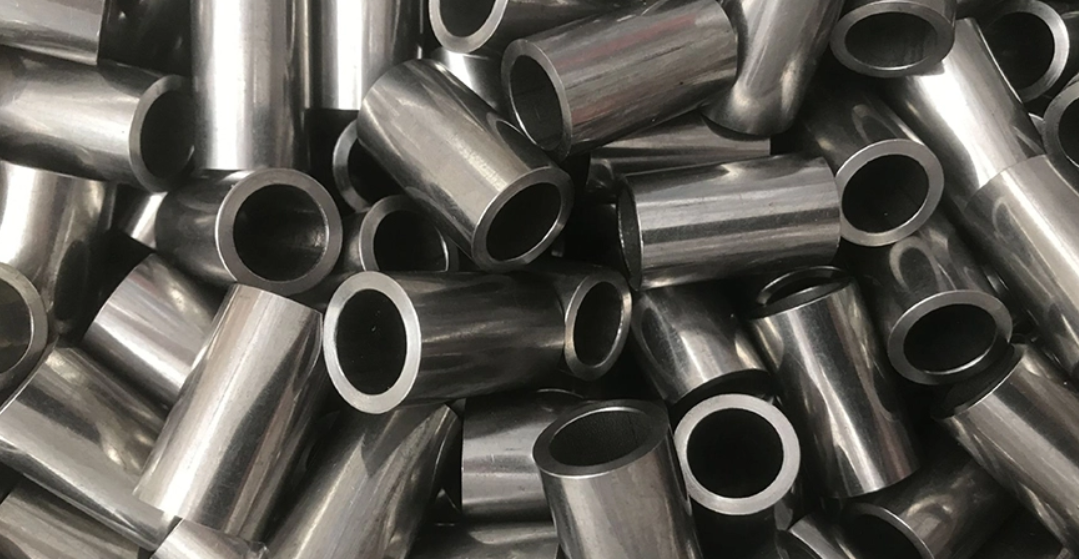Mobile:+86-311-808-126-83
Email:info@ydcastings.com
cylinder head chamber
Understanding the Cylinder Head Chamber An Essential Component in Engine Design
The cylinder head chamber is a critical part of an internal combustion engine, playing a vital role in the performance, efficiency, and emissions of the engine. Located at the top of the cylinder block, the cylinder head is often a complex component that houses various important elements, including valves, spark plugs, and fuel injectors. Understanding the function and design of the cylinder head chamber offers insights into how engines operate and how they can be improved.
Structure and Function
The cylinder head chamber, also referred to as the combustion chamber, is where the air-fuel mixture ignites to produce power. This chamber is designed to facilitate optimal combustion, maximizing the engine’s efficiency and reducing harmful emissions. The shape, size, and volume of the combustion chamber directly influence the engine's performance characteristics.
In general, the chamber's design can be categorized into several shapes spherical, pentroof, and wedge, each offering distinct advantages. For instance, a pentroof design allows for a better airflow path and more efficient combustion, while a spherical chamber can help in achieving a uniform air-fuel mixture. These design choices impact the engine's compression ratio, ignition timing, and overall power output.
The Impact of Cylinder Head Design
The cylinder head's ability to manage heat and pressure is crucial. Engine combustion generates extreme temperatures and pressures, and the cylinder head must withstand these conditions without failure. Advanced materials, such as aluminum alloys, are often used for construction due to their strength and lightweight properties, enhancing both performance and fuel efficiency.
Additionally, the design of the combustion chamber can influence the engine's tendency to knock or pre-ignite. Knocking occurs when the fuel-air mixture ignites prematurely, leading to inefficient combustion and possible engine damage. Properly designed chambers allow for better control of the ignition process, reducing the likelihood of knocking and improving longevity.
cylinder head chamber

Valvetrain Integration
The cylinder head chamber also accommodates the valvetrain, which includes intake and exhaust valves. The precise timing and operation of these valves are critical for engine performance. The arrangement of the valves, including the number and size, significantly affects airflow into and out of the chamber, influencing the engine’s breathing capabilities. A well-designed valvetrain allows for optimal filling of the combustion chamber with a fresh air-fuel mixture while efficiently expelling exhaust gases.
Modern advancements in valvetrain technology, such as variable valve timing (VVT) systems, further enhance the cylinder head chamber's effectiveness. VVT systems adjust valve timing according to engine speed and load, improving overall efficiency and performance across a broader range of operating conditions.
Innovations in Cylinder Head Technology
Recent innovations focus on making cylinder head chambers even more efficient. Technologies such as direct fuel injection and turbocharging are popular in modern engine designs. Direct injection allows for a more precise delivery of fuel straight into the combustion chamber, promoting better combustion efficiency and power output. Turbocharging, on the other hand, increases air intake density in the chamber, allowing for more fuel to be combusted, thus enhancing power without sacrificing efficiency.
Additionally, advancements in simulation and modeling technologies enable engineers to analyze and optimize chamber designs more effectively. Computational fluid dynamics (CFD) software can predict airflow patterns within the combustion chamber, leading to enhanced designs that promote better combustion characteristics.
Conclusion
In conclusion, the cylinder head chamber is an integral component of internal combustion engines, vital for their efficiency, performance, and environmental impact. Innovations in its design and operation continue to transform engine technology, enabling manufacturers to produce more advanced and efficient engines. As automotive technology evolves, understanding and improving the cylinder head chamber will remain essential for achieving the goals of performance, efficiency, and sustainability in modern engines.
-
Impeller Technology That Powers Precision in Pump SystemsNewsMay.22,2025
-
Valve Durability Begins with Quality Cast Iron ComponentsNewsMay.22,2025
-
Performance Cooling with Advanced Automobile Water Pump SolutionsNewsMay.22,2025
-
How Motor Housing and Oil Pans Shape Engine PerformanceNewsMay.22,2025
-
How Metal Castings Drive Modern Manufacturing EfficiencyNewsMay.22,2025
-
Exploring the Engineering Behind Valve Body CastingsNewsMay.22,2025











